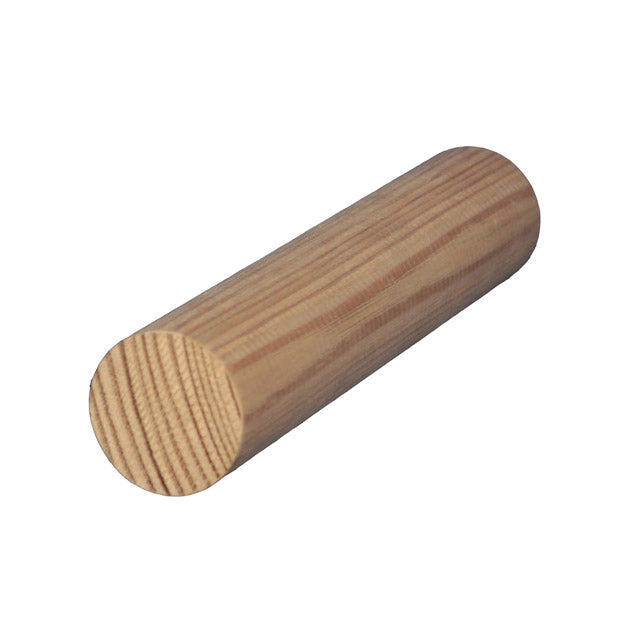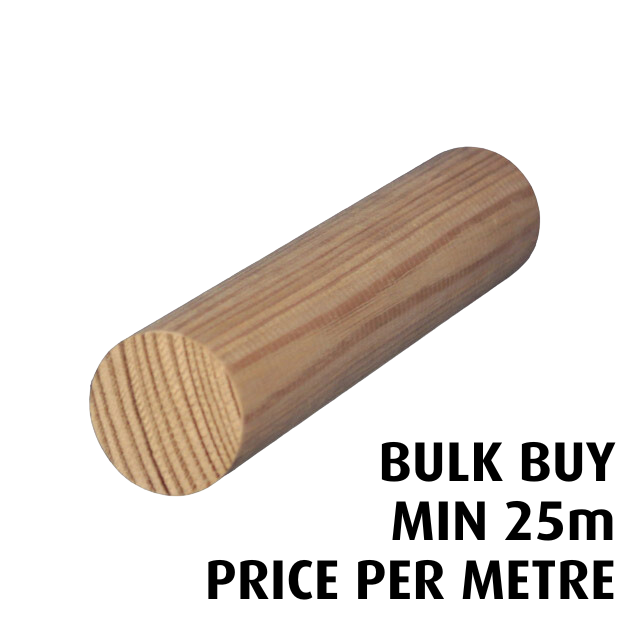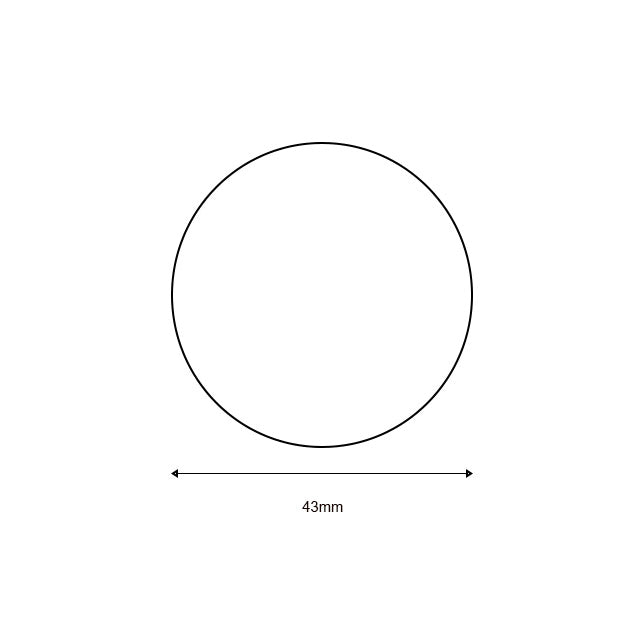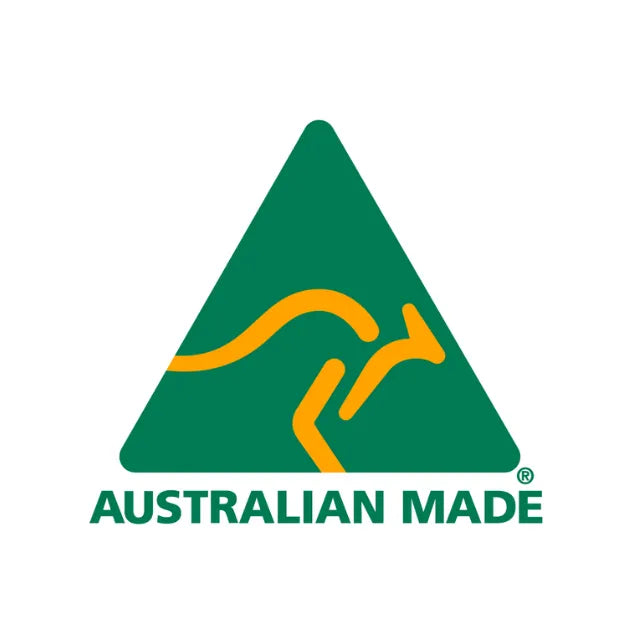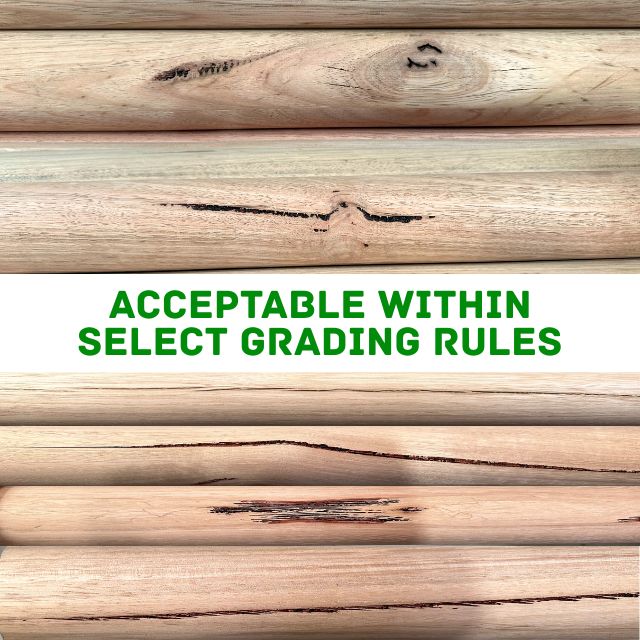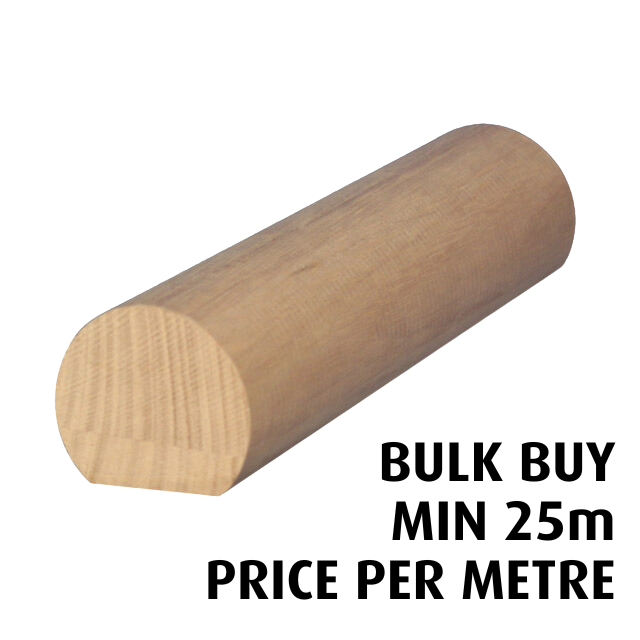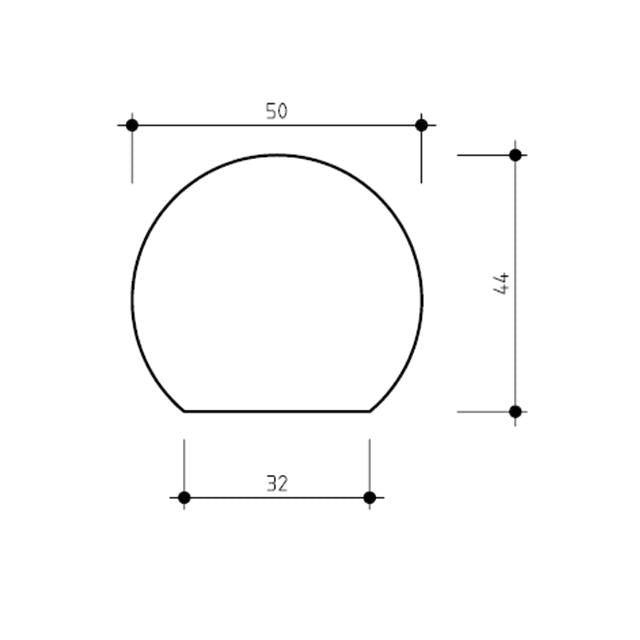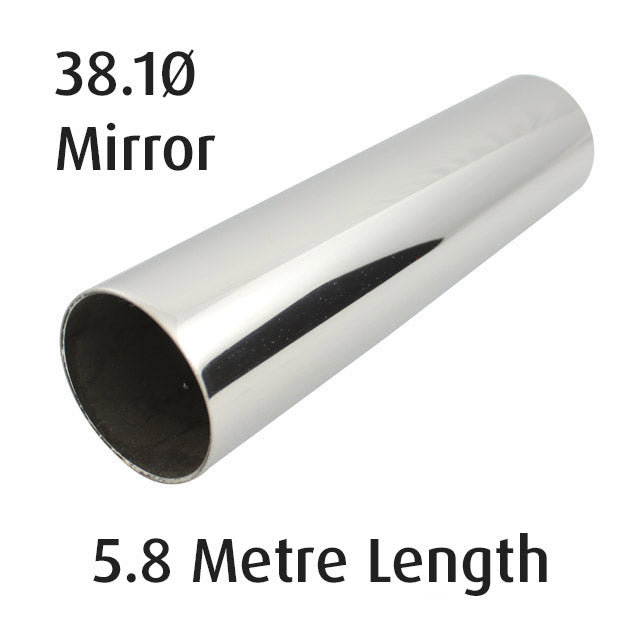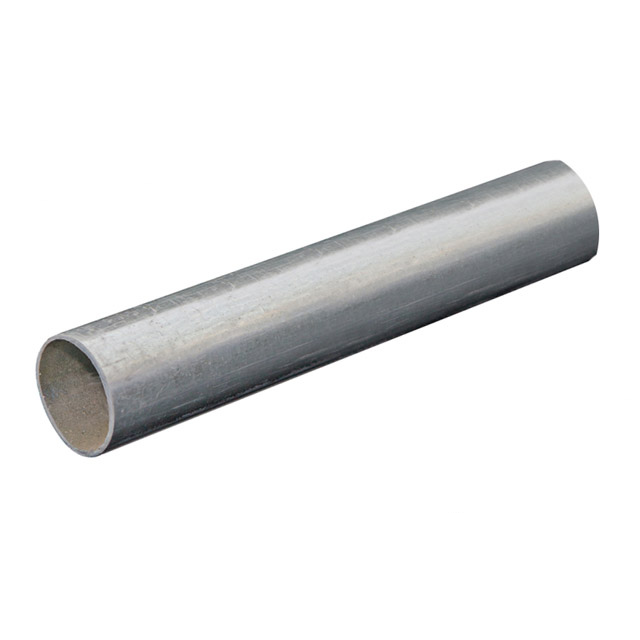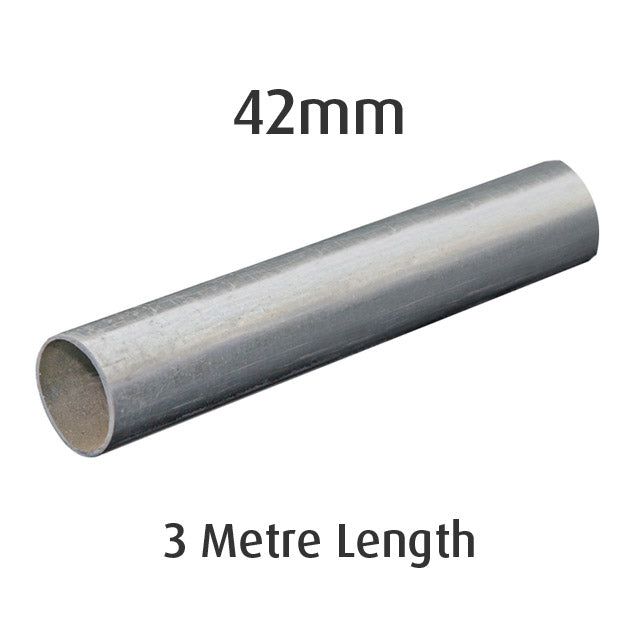Madie Wray
November 02, 2022
Choosing The Right Handrail For The Elderly Or Disabled
When choosing a handrail or grab rail for yourself or an elderly or disabled friend, parent or partner, there are several factors you should take into consideration. Many of these are outlined in AS 1428.1:2021 (Australian building standard for mobility and accessibility), however it should be noted that these standards are designed for commercial buildings and application, rather than domestic settings. Therefore, some level of discretion may be applied when installing handrails around the home.
Related Reading: Understanding Australian Handrail & Balustrade StandardsDisclaimer: The information in this article references the following building codes: NCC 2019 BCA and AS 1428.1:2021, however it is not a comprehensive overview of the codes; therefore, you should consult your local council or a licensed builder before undertaking any work to ensure it is compliant with the current version of the building code.

What To Consider When Choosing A Handrail for the Elderly/Disabled
1. Shape of the Handrail
When it comes to choosing a handrail profile for an elderely or disabled person, it’s important that the rail be either round or oval in nature, so that there are no sharp corners, edges or obstructions to mobility. Rounded edges will also help prevent or lessen injuries if a fall were to occur.
Some examples of appropriate handrail profile shapes include:
Some other popular rounded handrail profiles include the keyhole and pigs ear varieties (note: the pigs ear profile is not suitable for commercial applications).
While we do not stock the keyhole profile, we have run large quantities of it for customers in the past. This design is available to custom order in large/wholesale quantities (roughly 25l/m or more) upon request. Feel free to give us a call to discuss the viability of a custom run!
2. Size of the Handrail
Ideally handrails should not be less than 30mm or greater than 50mm in height, width or diameter. This is the best size from an accessibility standpoint, and also fits most comfortably in the hand. If your handrail is too small, it may bowe or give way under pressure. If it is too large, it may not fit properly in an adult’s hand- resulting in poor grip and balance.
The majority of handrails designed specifically for disabled and elderly patients tend to sit between 40 and 50mm in diameter, as this tends to be the most comfortable and visually appealing. For instance, the galvanised range of disability fittings is only available for 42mm pipe.
Other Size Considerations
In addition to considering the size of your handrail, it’s also important to consider:
- The size of your space;
- The distance from the wall to the handrail.
In commercial settings, a 50mm clearance between the wall and start of the handrail is recommended. However, in residential settings where particularly tight/narrow hallways are allowed, you may need to reduce this clearance slightly to allow for sufficient walking space.
Note: Where possible, we suggest adhering to this 50mm guideline to allow enough room between the wall & handrail for fingers!
3. Available fittings, fixtures & addons
Handrails for the elderly and disabled should (where possible) finish in an appropriate manner, such as into a post, wall or the floor, or in a 180 degree return. In order to achieve this, you should choose a handrail system that includes either a 90 degree or 180 degree fitting. End caps may also be required where the handrail is not being terminated into the wall, floor or a post.
4. Handrail material
In addition to the size and shape of your handrail, you should also consider its material. For instance, some species of timber may not be appropriate for outdoor use (such as finger jointed pine). Not sure which timbers are suitable for external use? You can find our timber species guide here.
Even if your handrail is being installed internally, it’s important to consider the maintenance and cleanliness of your materials. 316 stainless steel is a fantastic option for those looking for a low maintenance, sterile material. It is often used in hospitals and aged care settings for exactly this reason.
Top 4 Handrails For the Disabled/Elderly
1. Designer Rail - Our Pick!
Our designer rail range is a 43mm diameter mixed timber/stainless steel system with a huge range of disability fittings and fixtures. It is compatible with most handrail brackets, and is incredibly easy to install. Being a modular system, it is DIY and beginner friendly, and won’t break the bank either!
For internal applications we recommend victorian ash, while either spotted gum or blackbutt can be used outside if properly oiled/varnished.
View Profile2. Ezirail (Flat Base)
The ezirail (flat base) system is by far our most popular system for internal use. This is because it has a much wider range of joiners, bends and fittings than even the designer rail range! Among those fittings is a 180 degree terminating bend, perfect for disabled and elderly persons.
It is a 50mm round timber system, suitable for use in both domestic and commercial applications.
Again, the ezirail system is modular and easy to install, making it a popular pick for DIYers and handymen.
View Profile3. 38mm Round Stainless Steel
Looking for a handrail that is low maintenance and rust resistant? 316 stainless steel might be for you! It’s easy to clean, and doesn’t require frequent refinishing or touch-ups like external grade timber products.
The 38mm variety is perfect for access ramps and staircases, as it complies with AS 1428.1:2021 (Australian building standard for mobility and accessibility) when installed correctly. 180 degree bends are also available for this profile, meaning it does not need to finish into a wall or post.
View Profile4. 42mm Galvanised Pipe & Fittings
Are you looking for an external grade metal handrail with all the bells and whistles? 42mm galvanised tube might be what you’re looking for. With an entire suite of disability fittings, you are sure to find the part you’re looking for!
This range is also compatible with the broader (external fit) galvanised fitting range.Note: some fittings within the external fit range cannot be used for commercial handrail applications, as commercial rails must be continuous/non-obstructed.
View ProfilePeople Also Read

Australian Made Sustainable Timber Alternatives | Working With Crafted Hardwoods
Over the last 80 years, Hammersmith has had the privilege of working alongside countless Australian-owned and operated businesses: from stairbuilders, to timber merchants, to furniture makers.
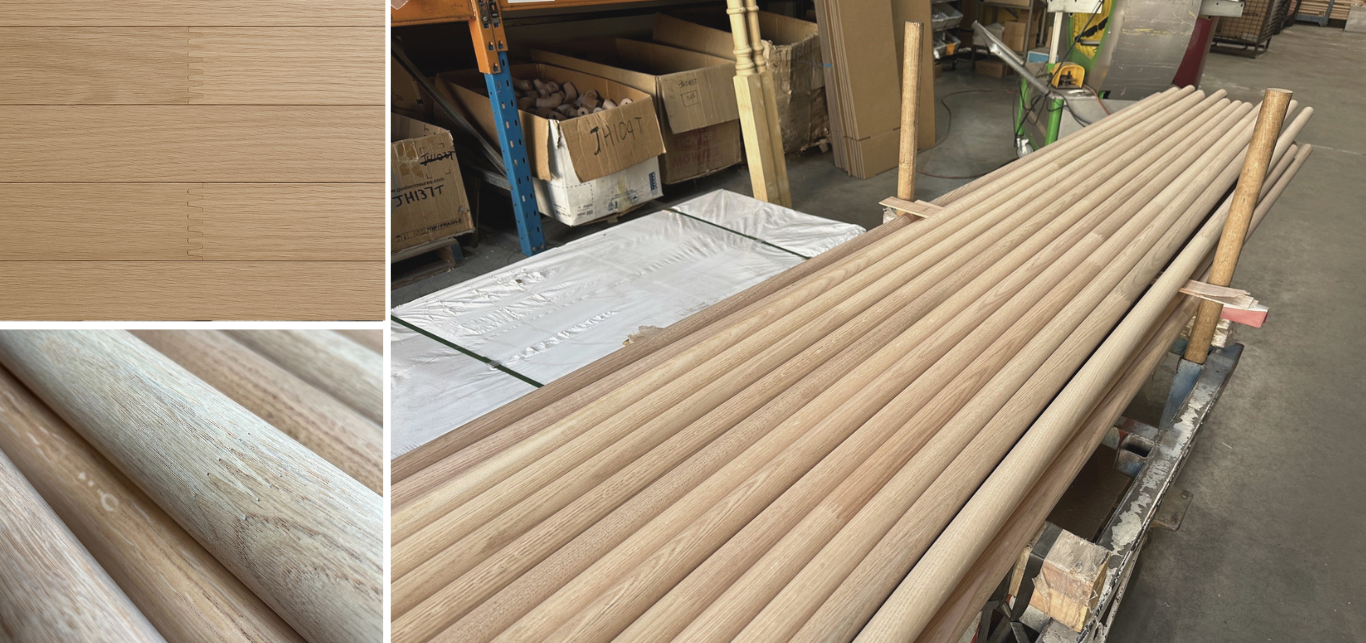
What is Finger-jointed Timber?
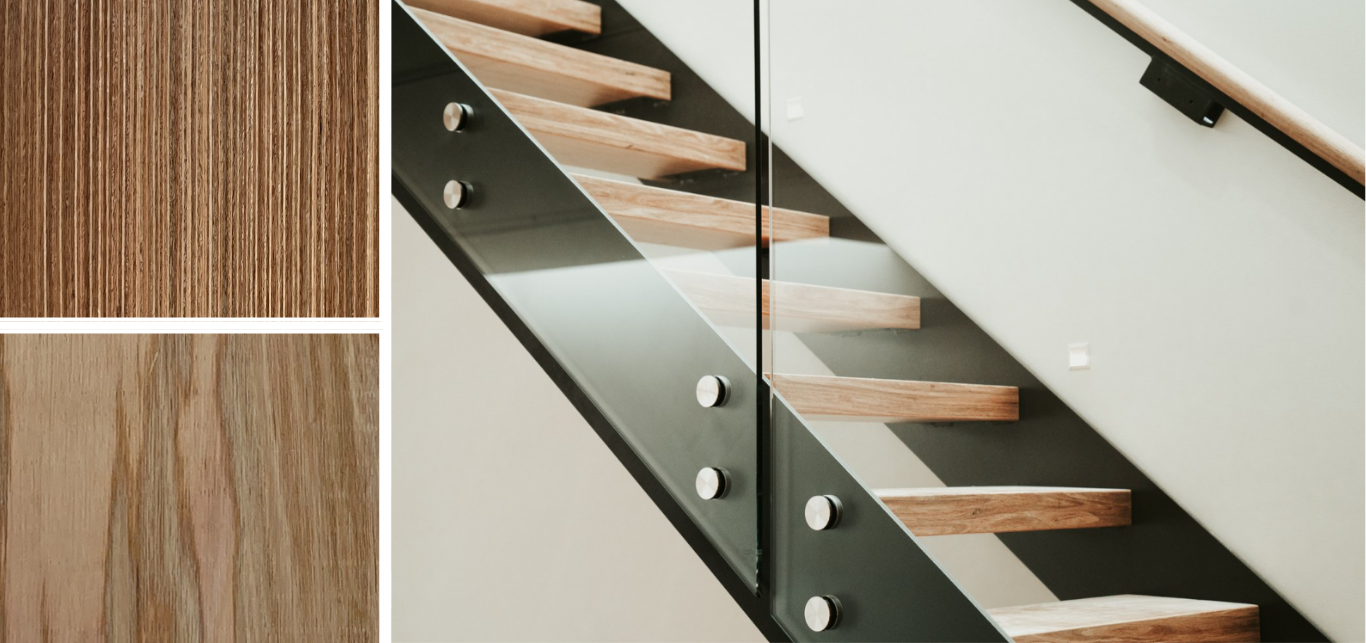
What is EWP Timber / Engineered Wood Product?
EWP (Engineered Wood Product) is real timber! It is made by stacking and gluing together multiple thin layers (or veneers) of solid timber on top of one another, usually with the grain running in the same direction. These layers are then compressed and glued together to form a strong, stable, and uniform piece of timber that can be used in visible, finished applications, such as stair treads, handrails, and wall panelling.





